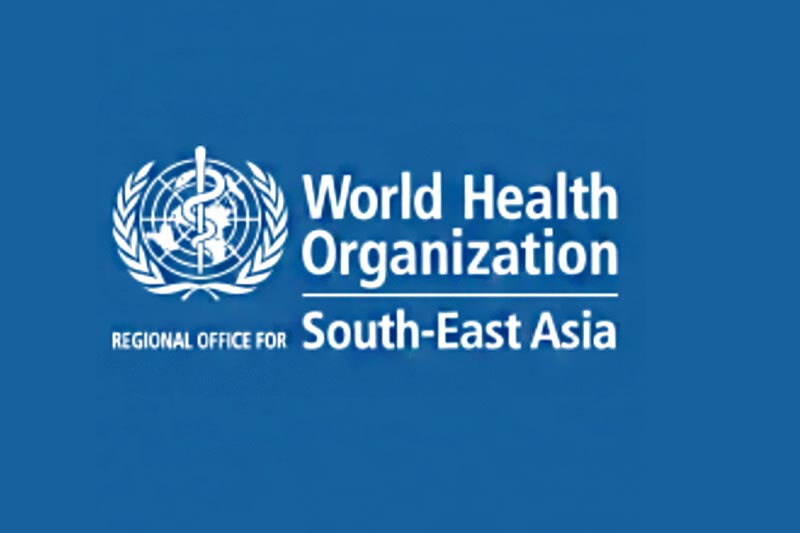Need for emergency preparedness stressed
- South-East Asia is vulnerable to emerging, re-emerging diseases and natural disasters
Kathmandu, September 5
Member countries of World Health Organisation South-East Asia Region, including Nepal, have pledged to strengthen emergency preparedness capacity by scaling up risk assessment, higher investment, and by enhancing implementation of multi-sectoral plans.
As member countries adopted Delhi Declaration, ‘Emergency Preparedness in the South-East Asia Region’ at a ministerial round table in New Delhi yesterday, Regional
Director of WHO Poonam Khetrapal Singh underscored the importance of preparedness, according to a press statement released by Nepal-based WHO Office.
“Stronger the capacity of our own countries, stronger will be the region and stronger will be the world,” said Singh.
Deputy Prime Minister and Minister of Health and Population Upendra Yadav was among the heads of delegation participating in the roundtable, read the statement.
WHO Director General Tedros Adhanom Ghebreyesus, addressing the 72nd Session of WHO South-East Asia Regional Committee through video conference said, “Preparedness will save lives and money. The Delhi declaration on emergency preparedness is a vital step forward towards making the region safer for its people.”
The Delhi declaration calls for four key initiatives identify risks by mapping and assessing vulnerabilities for evdence-based planning, implement measures for disaster risk reduction, prepare and operationalise readiness. The declaration also called for implementing, monitoring, testing and adequately funding national action plans on disaster risk management, emergency preparedness and response.
It emphasised on interlinking multiple sectors and networking to bridge the gap between diverse sectors including human, animal and environment for prevention and control of emerging and re-merging diseases.
Participating in the roundtable, ministers of health and heads of delegations of 11 member countries including Nepal, that account for one-fourth of the global population, shared experiences from numerous health emergencies that hit the region the past. “We have a lot to share and learn from each other,” Regional Director Singh said.
Turning point for disaster preparedness was the Indian Ocean tsunami in 2004, that killed over 200,000 people and caused massive destruction in six countries of the region.
The region then set benchmarks for disaster preparedness and response and created South-East Asia Regional Health Emergency Fund that has funded 39 emergencies in 9 countries, disbursing 6.07 million USD, read the press release.
Despite improved capacities and responses to health emergencies, WHO South-East Asia continues to be one of the most vulnerable regions at risk of emerging and re-emerging diseases, diseases associated with climate change and rapid and unplanned urbanisation, and natural disasters.






